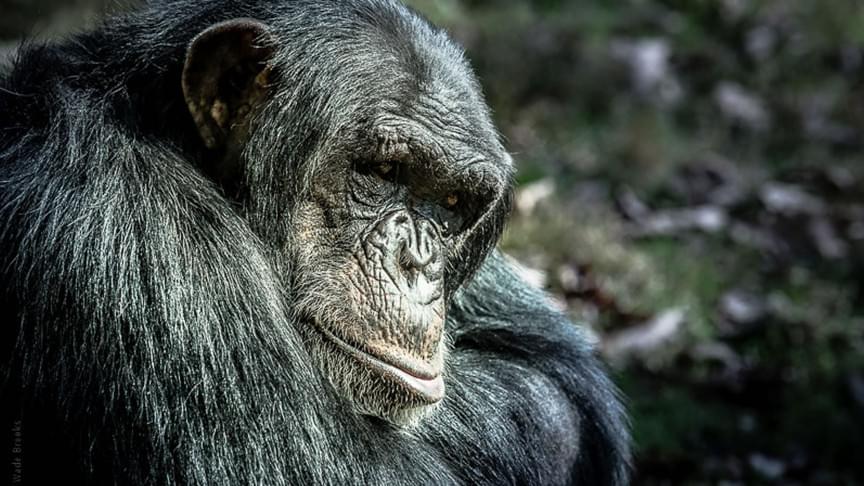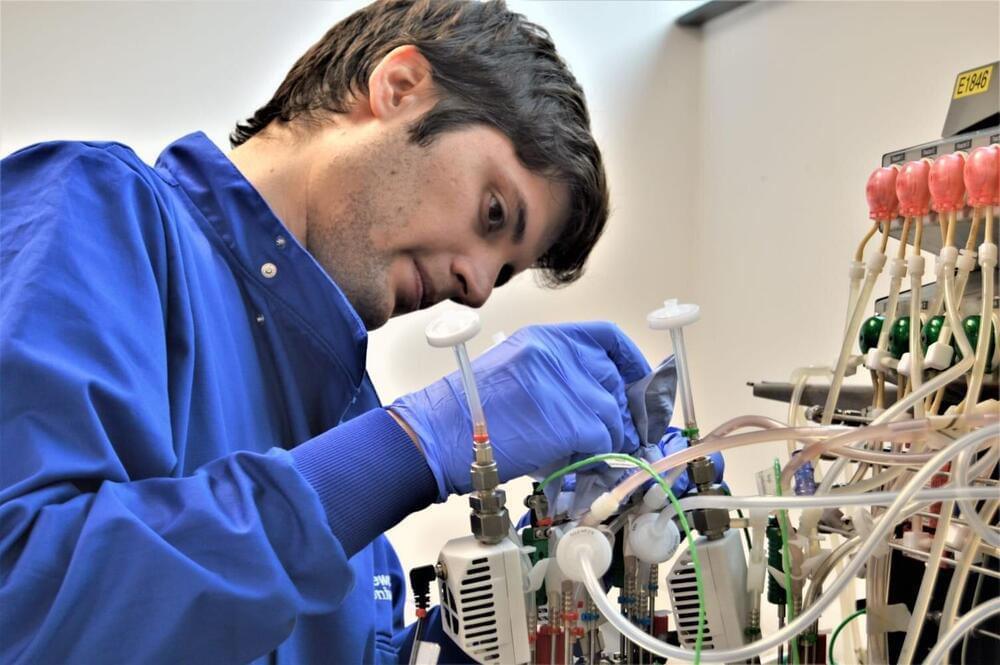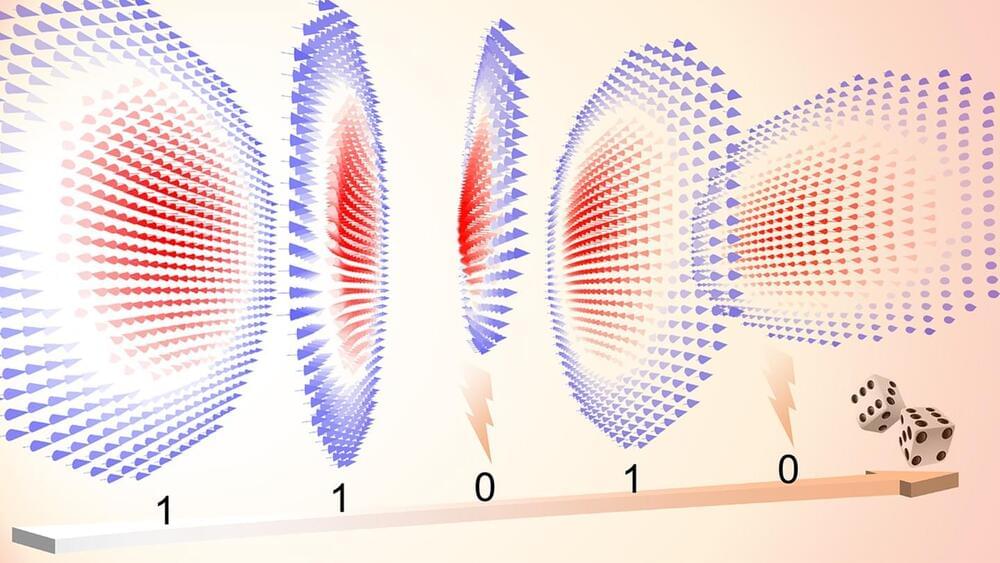Get the latest international news and world events from around the world.

Can Next-Generation Simulation Build A Better Self-Driving Car? This AI Upstart Thinks So
Waabi, a Toronto-based AI startup that came out of stealth last year, says it’s developed an advanced simulator that can train autonomous vehicles to handle nearly limitless types of driving conditions-in a virtual world-and do so faster and more thoroughly than self-driving rivals that prioritize road tests.
The Waabi World platform is more comprehensive than any used by competitors as it can more accurately mimic real-world scenarios and create the types of rare, challenging “edge cases” that occur on the road only rarely, company founder and CEO Raquel Urtasun tells *Forbes*. Learning in this elaborate virtual world is happening constantly, preparing the software to eventually drive a range of vehicles from robotaxis to semi-trucks.
It’s the “most scalable, high-fidelity, closed-loop simulator that ever existed and, we believe, the key to unlocking self-driving technology at scale,” says Urtasun, who is also professor of computer science at the University of Toronto and a past chief scientist for Uber’s autonomous vehicle team. “It’s an immersive and reactive environment that can automatically design tests for our self-driving brain, which we call the Waabi Driver, and also automatically assess the skills of the Waabi Driver. Ultimately, it can also teach the Waabi Driver to learn the skills of driving.”
Full Story:
Toronto-based Waabi says its advanced new simulator can train autonomous vehicles to handle a nearly limitless number of road conditions–and do so faster than bigger self-driving rivals that rely more on road tests.



Scientists create a global repository for cell engineering
A cloud-based repository that creates a digital fingerprint of engineered microorganisms has been successfully trialed.
An international team led by Newcastle University has launched CellRepo, a species and strain database that uses cell barcodes to monitor and track engineered organisms. Reported in a new study in the journal Nature Communications, the database keeps track and organizes the digital data produced during cell engineering. It also molecularly links that data to the associated living samples.
Available globally, this resource supports international collaboration and has significant safety advantages, such as limiting the impact of deliberately or accidentally released genetically modified microorganisms by enabling faster tracing of organisms lab of origin and design details.


Walmart invests in vertical farming
In its Series E financing round, Plenty Unlimited secured $400 million – the largest investment to date for an indoor farming company. In addition to Walmart and existing investor SoftBank, new partners One Madison Group and JS Capital also participated in the round.
Plenty Unlimited will use this funding to support its growth strategy, including leveraging its technology platform to sell multi-crop farms directly to partners.
“The indoor farming sector is at an exciting inflection point, poised to reach its full potential as a new asset class that addresses the significant need to provide access to fresh, nutritious food year-round, even in geographies where traditional farming is difficult,” said Omar Asali, Chairman and CEO of One Madison Group. “Plenty has truly ‘cracked the code’ on the technology and economics of indoor farming. It has developed an innovative and scalable model that can deliver fresh, sustainable produce to retailers, growers and governments anywhere in the world.”

Researchers use tiny magnetic swirls to generate true random numbers
PROVIDENCE, R.I. [Brown University] — Whether for use in cybersecurity, gaming or scientific simulation, the world needs true random numbers, but generating them is harder than one might think. But a group of Brown University physicists has developed a technique that can potentially generate millions of random digits per second by harnessing the behavior of — tiny magnetic anomalies that arise in certain two-dimensional materials.
Their research, published in Nature Communications, reveals previously unexplored dynamics of single, the researchers say. Discovered around a half-decade ago, have sparked interest in physics as a path toward next-generation computing devices that take advantage of the magnetic properties of particles — a field known as spintronics.
“There has been a lot of research into the global dynamics of, using their movements as a basis for performing computations,” said Gang Xiao, chair of the Department of Physics at Brown and senior author of the research. “But in this work, we show that purely random fluctuations in the size of can be useful as well. In this case, we show that we can use those fluctuations to generate random numbers, potentially as many as 10 million digits per second.”

Scientists develop new thermofluidic process for lab-on-a-chip applications
Researchers at Leipzig University have succeeded in moving tiny amounts of liquid at will by remotely heating water over a metal film with a laser. The currents generated in this way can be used to manipulate and even capture tiny objects. This will unlock groundbreaking new solutions for nanotechnology, the manipulation of liquids in systems in tiny spaces, or in the field of diagnostics, by making it possible to detect the smallest concentrations of substances with new types of sensor systems.
The findings are described in an article recently published in Nature Communications (“Hydrodynamic manipulation of nano-objects by optically induced thermo-osmotic flows”).
Illustration of a gold nanoparticle trapped near a locally heated gold surface by hydrodynamic and van der Waals forces. (Image: Martin Fränzl, Universität Leipzig)
